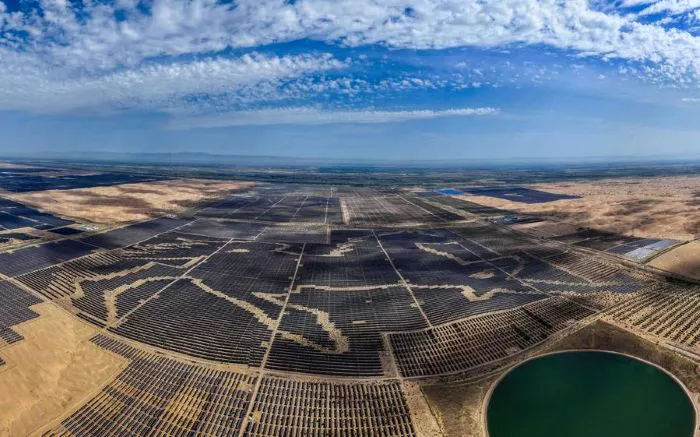The Inner Mongolia Autonomous Region has achieved remarkable progress in its large-scale ecological restoration program along the Yellow River basin, treating a staggering 14.89 million mu (992,667 hectares) of degraded land through innovative environmental initiatives. This ambitious undertaking represents one of China’s most significant ecological protection efforts in recent years, combining traditional desert control methods with cutting-edge renewable energy solutions.
In the vast Kubuqi and Ulan Buh deserts, regional authorities have pioneered a groundbreaking sand control model that integrates photovoltaic power generation with ecological restoration. The innovative approach has transformed endless stretches of barren sand dunes into shimmering “blue seas” of solar panels, simultaneously generating clean energy while stabilizing the mobile dunes. Beneath the solar arrays, a carefully selected mix of drought-resistant vegetation has taken root, creating a unique microclimate that further prevents desert expansion.
The dual-purpose photovoltaic projects serve multiple environmental and economic functions. Solar panels provide shade that reduces ground temperature and evaporation rates by up to 30%, dramatically improving the survival rate of newly planted vegetation. Meanwhile, the clean energy generated powers local communities and contributes to China’s carbon neutrality goals. Regional reports indicate the solar farms have already prevented thousands of tons of sand from encroaching into the Yellow River each year.
This comprehensive approach to ecological management extends beyond desert areas to include comprehensive soil and water conservation measures throughout the Yellow River basin. Through terracing, afforestation, and wetland restoration, Inner Mongolia has significantly improved water quality and reduced sediment flow into the vital waterway. The restored ecosystems now support increased biodiversity while providing sustainable livelihoods for local communities through eco-tourism and specialty agriculture.
As climate change intensifies desertification challenges across northern China, Inner Mongolia’s successful integration of ecological protection with green energy development offers a replicable model for arid regions worldwide. The autonomous region plans to expand its photovoltaic sand control projects to an additional 500,000 mu (33,333 hectares) by 2025, further solidifying its position as a global leader in combating desertification while promoting renewable energy development.
Related Topic:
- Rosewood Beijing’s ‘Taste of Spring’ Menu Brings Literary Inspiration to the Table
- German Entrepreneur Brews Yunnan’s Coffee Revolution
- Michelin-Starred Chef Ugo Rinaldo Hosts Tea-Inspired Countryside Dinner in Zhejiang

